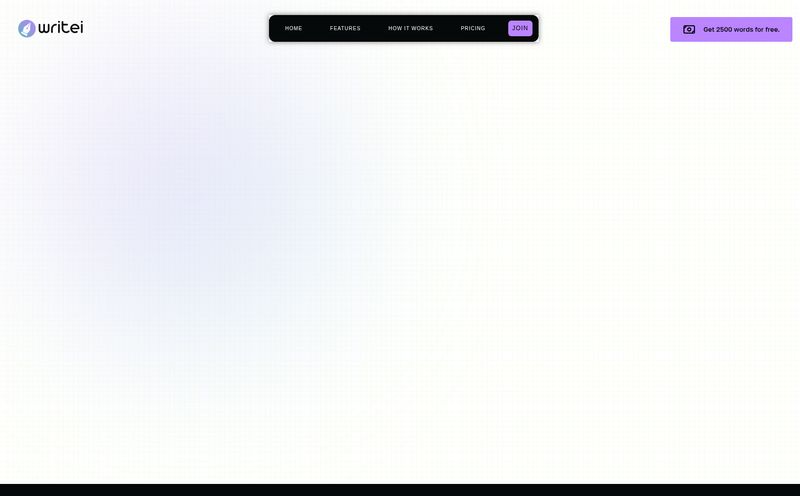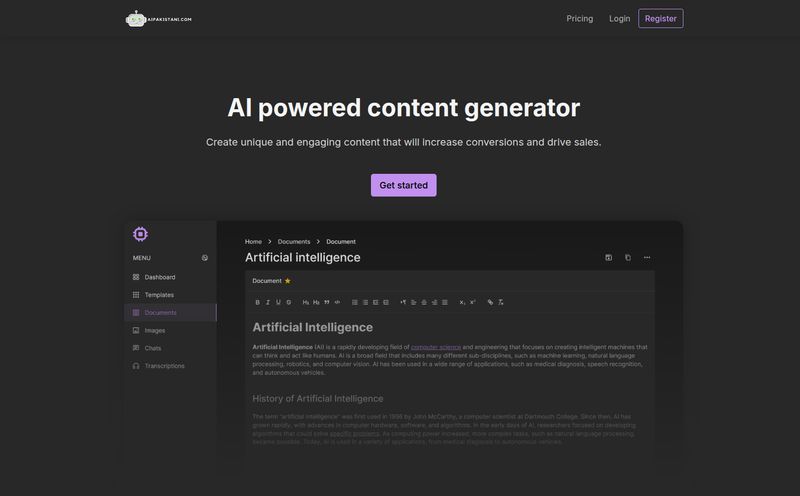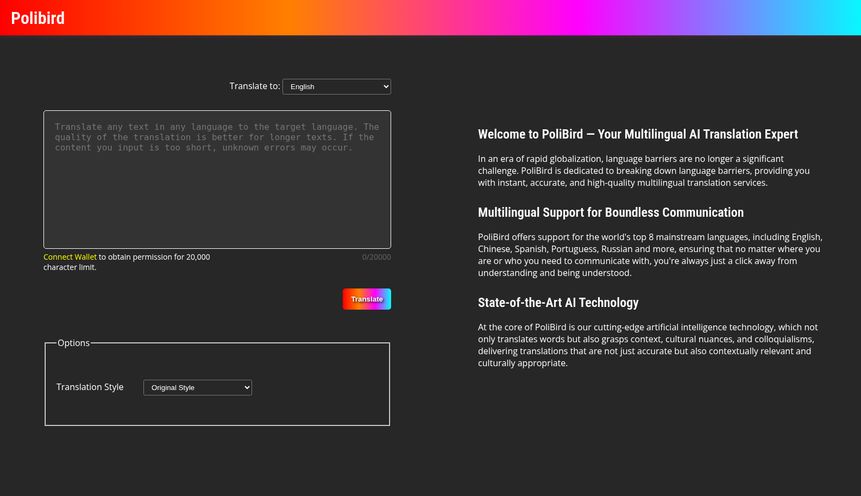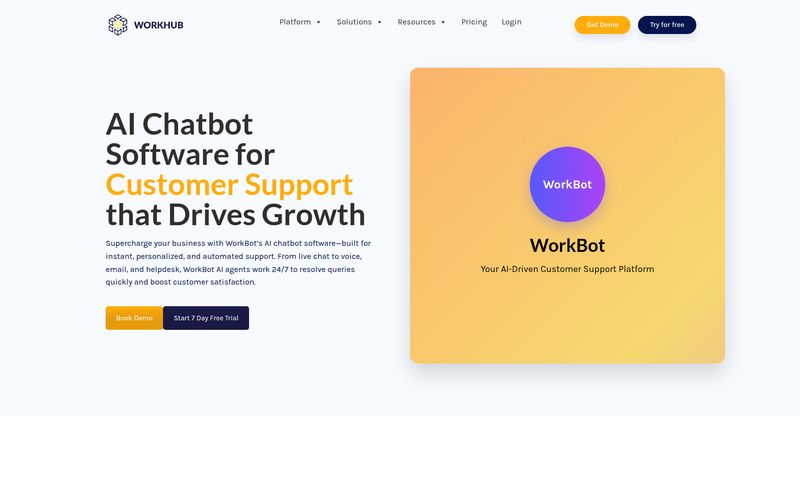For years, the world of online translation has been... well, a bit of a punchline. We’ve all seen the disastrous menu translations and the hilariously mangled product descriptions. I remember a project a few years back where a client’s expensive marketing campaign in Spain went sideways because the automated translation turned their clever slogan into something that roughly meant “Our product will give you a mild rash.” Yikes.
We got used to machine translation being a blunt instrument. Good for getting the general idea, terrible for anything that required, you know, finesse. It was a necessary evil for a quick look at a foreign news site but never something you'd trust with your business's reputation.
Then DeepL showed up. And honestly, it changed the game. It wasn’t just another translator; it felt different. Smarter. So, after years of using it for everything from client communications to deciphering technical documents, I figured it was time to put my thoughts down. Is it just hype, or is this the AI translation tool we've all been waiting for?
So, What Exactly is DeepL?
First off, calling DeepL just a "translator" is like calling a smartphone just a "phone." It's technically true, but misses the whole point. The company calls it a "Language AI platform," which sounds like corporate-speak but is actually pretty accurate. It’s built on specialized neural networks that don’t just swap words one-for-one. Instead, it tries to understand the context, the idiom, the feeling behind the text.
Think of it like this: most translators are like a musician sight-reading sheet music. They can play the notes correctly, but it might sound stiff and mechanical. DeepL is more like a seasoned performer who understands the music and adds their own interpretation to make it flow. That’s the core difference, and it’s a big one.
The Features That Genuinely Make a Difference
Okay, let's get into the nuts and bolts. What can this thing actually do? It's more than just a box you paste text into.
It Translates with Uncanny Accuracy
This is the main event. The quality of translation is just... better. It handles slang, technical jargon, and complex sentence structures with a kind of grace that still surprises me. When you type in text, you can often click on a word and see alternative translations, giving you a level of control you don’t get elsewhere. It supports over 30 languages, and while I can’t vouch for all of them, the European languages I work with regularly (German, Spanish, French) are scarily good.
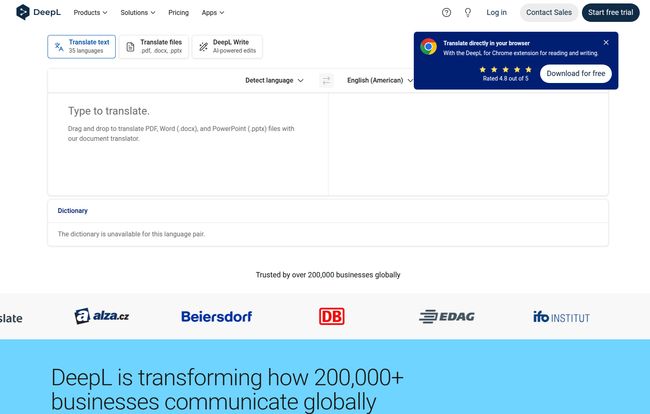
Visit DeepL
Handling Whole Documents is a Lifesaver
This is a massive feature for anyone in a professional setting. You can throw a whole Word document, PowerPoint presentation, or PDF at it, and it will spit back a translated version with the original formatting largely intact. This alone has saved me countless hours of tedious copy-pasting and reformatting. No more rebuilding presentations from scratch. It’s a genuine workflow accelerator.
Meet Your AI Writing Co-Pilot: DeepL Write
This is a newer feature and one that shows DeepL's ambition. DeepL Write isn't a translator; it's an AI-powered writing assistant for improving your own text. You write a sentence or paragraph, and it suggests ways to make it clearer, more professional, or just sound better. It helps fix awkward phrasing and grammatical flubs. For non-native English speakers writing for a corporate audience, this is an absolute godsend. Even for native speakers like me, it's a great second pair of eyes to catch clumsy sentences before I hit 'send'.
The Glossary: Your Brand's Personal Dictionary
If you work in a team or for a company, consistency is everything. You don't want your product name, “QuantumLeap,” translated as “QuantumJump” in one document and “QuantumHop” in another. The Glossary feature lets you set specific rules. You tell DeepL, "Hey, whenever you see this specific term, always translate it this way." This is a pro-level feature that shows DeepL understands business needs.
DeepL vs. The Elephant in the Room
You can't talk about DeepL without mentioning Google Translate. For a long time, Google was the default. It's free, it's fast, and it's built into everything. So, is DeepL better?
In my opinion, yes. Unquestionably. But for different jobs.
Using Google Translate is like asking a random person on a street corner for directions in a city you don't know. You'll probably get to the right neighborhood, but the details might be fuzzy. It's great for a quick, low-stakes query.
Using DeepL is like hiring a professional local guide. They know the shortcuts, the local customs, and the precise language to get you exactly where you need to go, without any embarrassing missteps. For any business communication, legal document, or piece of marketing content, the choice is obvious. You go with the guide, not the guy on the corner.
A Look at DeepL's Pricing Tiers
Of course, that professional guide costs money. DeepL operates on a freemium model, and it's important to understand what you get at each level.
| Plan | Price (Billed Annually) | Best For | Key Features |
|---|---|---|---|
| Free | $0 | Casual users, quick tests | Limited text translation, 3 non-editable file translations/month. |
| Starter | $8.74 /user/month | Individuals or small teams | Increased security, 1 million character limit, 5 editable files/month, 1 glossary. |
| Advanced | $28.74 /user/month | Professional teams | Unlimited text, 20 editable files/month, 2,000 glossaries, CAT tool integration. |
| Ultimate | $57.49 /user/month | High-volume users | Everything in Advanced, plus 100 editable files/month. |
| Enterprise | Contact Sales | Large organizations | Custom solutions, maximum security and scale. |
The free plan is a great way to see the quality for yourself, but the limitations are real. For any serious work, you'll want to step up to at least the Starter plan. The biggest jump in functionality for businesses happens at the Advanced level, with its unlimited text and extensive glossary support.
The Good, The Not-So-Good, and The AI
What I Genuinely Appreciate
The accuracy is top of the list. It just feels more human. Second is the maximum data security offered on the Pro plans. When you're translating sensitive contracts or internal memos, you need to know your data isn't being logged and used to train a public model. DeepL Pro gives you that peace of mind. The document translation with formatting preservation is also a huge, huge win.
Where It Could Improve
No tool is perfect. Obviously, the best features are locked behind a paywall. That's not really a con, just a business model, but it's something to be aware of. The free version is more of a demo. Also, there are fair usage policies and character/file limits on most plans, so super-heavy users might need to watch their consumption or spring for the highest tiers. The glossary feature also has some language pair limitations, though they are always expanding.
So, Who Is This For?
I see a few groups getting massive value from DeepL Pro:
- Marketing and SEO Teams: Properly localizing website copy, ad campaigns, and articles for international markets is critical. Bad translation can kill your credibility and your rankings.
- Legal and Finance Professionals: When precision and terminology are non-negotiable, you need a tool you can trust. The security aspect is also huge here.
- Academics and Researchers: Quickly and accurately translating research papers and source materials from other languages is a superpower.
- Global Businesses: For any company with employees, clients, or partners in different countries, DeepL streamlines communication and makes everyone's life easier.
Frequently Asked Questions
Is DeepL really better than Google Translate?
For nuance, context, and professional use, I believe so. Google is great for quick, informal translations, but DeepL excels at producing more natural-sounding and accurate text, especially for business purposes.
Is DeepL safe for confidential documents?
The free version's data policy is similar to other online services. However, the DeepL Pro plans come with maximum data security, promising that your texts are not stored or used for training purposes. For confidential material, the Pro subscription is a must.
Can DeepL translate an entire PDF file?
Yes. All plans (including the free one) support file translation for formats like PDF, DOCX, and PPTX. The paid plans allow for more file translations per month and let you download an editable version of the translated file.
What is DeepL Write?
It's an AI-powered writing assistant. Instead of translating, it helps you improve your own writing in a single language by suggesting better phrasing, fixing grammar, and enhancing your style and tone.
How much does DeepL Pro cost?
The paid plans start at $8.74 per user per month (when billed annually) for the Starter plan. The price increases for the Advanced and Ultimate tiers, which offer more features and higher limits.
Does DeepL have a mobile app?
Yes, it does. There are apps available for both iPhone and Android, as well as desktop apps for Windows and Mac, and browser extensions.
Final Thoughts: Is DeepL Worth It?
Look, in the SEO and digital marketing world, we see a lot of tools that promise to change everything. Most of them don't. DeepL is one of the rare exceptions.
It has fundamentally changed how I approach multilingual projects. It's not a replacement for a professional human translator for your most critical, customer-facing copy. Let's be clear on that. But for 90% of the day-to-day work of a global business—internal communications, understanding foreign documents, drafting emails, and getting a high-quality first pass on marketing copy—it’s an incredible asset. It saves time, it reduces embarrassing errors, and it just works.
If you're still on the fence, use the free version for a week. Throw your most difficult text at it. I have a feeling you'll be impressed. For me, it’s one of those few tools that I’d genuinely be sad to lose. It's a solid investment in clear, effective communication, and in our line of work, that’s everything.
